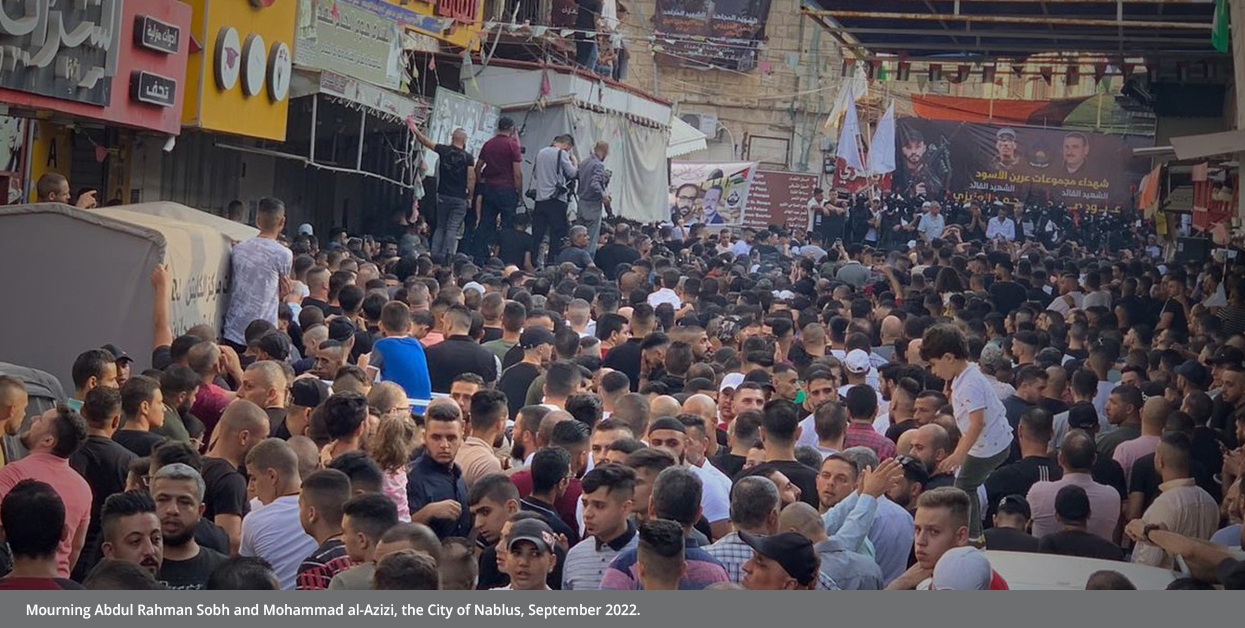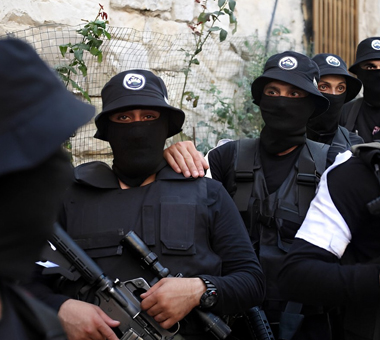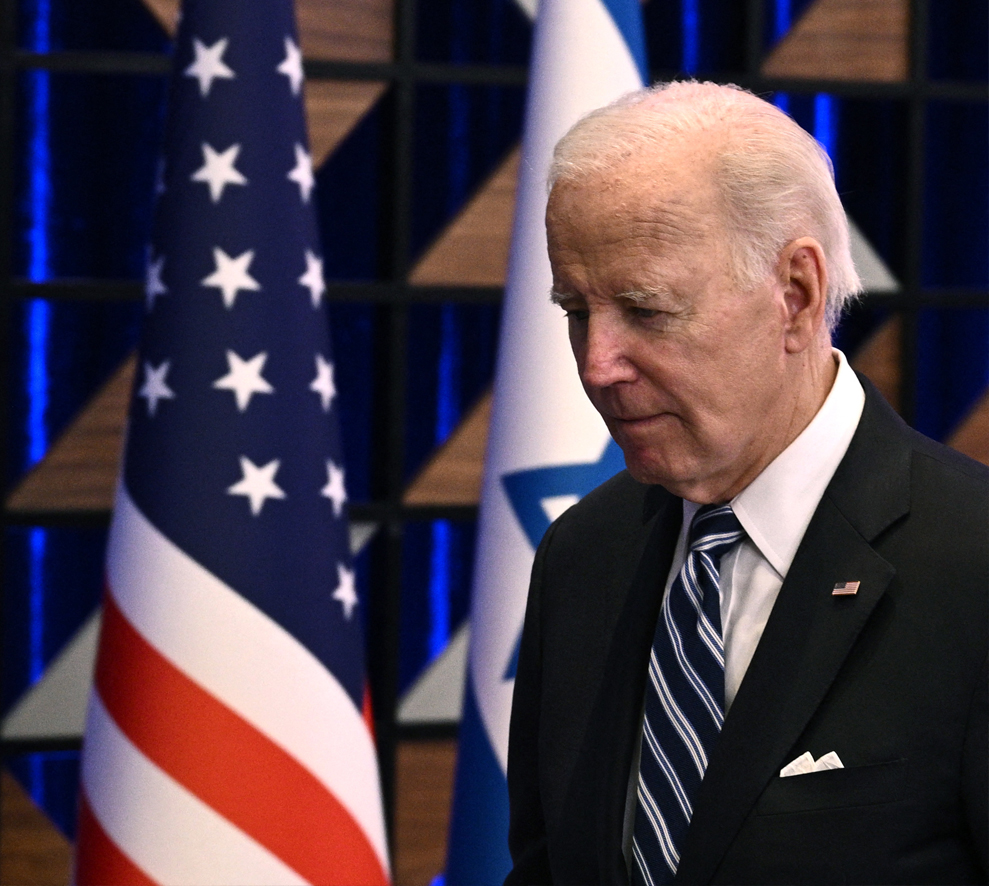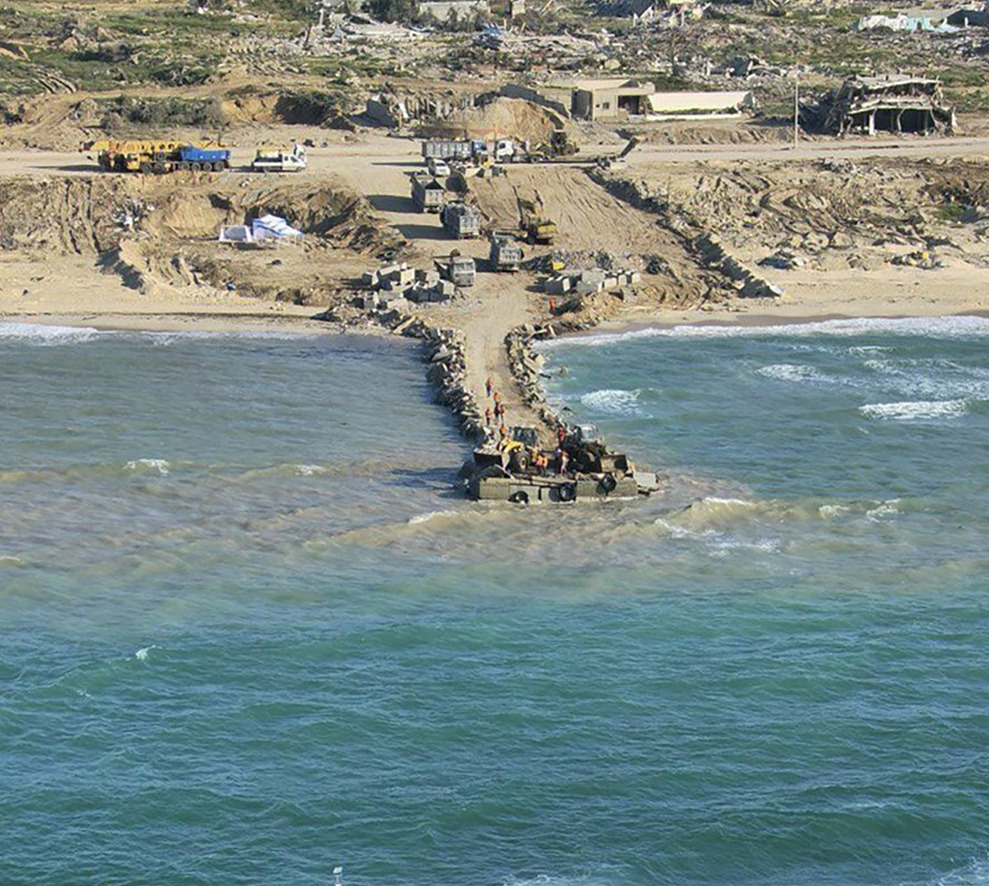Introduction
Years after the Second Intifada ended, the dissolution of the Al-Aqsa Martyrs Brigades by the Fatah leadership and the Palestinian Authority led to to its members joining the Palestinian security services in what is known as the “2005 discharges.” The phenomenon of armed movements returned to the forefront again in the West Bank after the Jenin Brigade group was established in 2021 during the escalation in the Gaza Strip between Hamas and Israel with only four members. It soon expanded to dozens of militants, followed by a similar group, the Areen al-Ousoud in the Palestinian city of Nablus in the3 West Bank.
Members of these groups are often militants affiliated with several Palestinian factions. They are believed to receive financial and weaponry support from Islamic Jihad, Hamas, and Hezbollah Party of Lebanon.
The phenomenon of armed groups has its roots in the experience of Palestinian factions, especially during the two Intifadas, in 1987 and 2000, that demonstrates the capabilities of such groups to create a new and intractable situation for the Palestinian Authority, and a source of security concern for Israel.
Areen al-Ousoud Groups
The phenomenon of armed groups is not new, as there have been many names of paramilitary and informal formations of Palestinian factions since the first Intifada. In the case of Fatah, many such groups appeared in the First intifada, including al-Fahd al-Aswad (the Black Panther), Jaish al-Shaab (the People's Army), the Abu Jihad Martyr Brigades and the Fatah Hawks. Tthe most infamous group, Al-Aqsa Martyrs Brigades, appeared in the Second Intifada, along with Faresd al-Lail (the Night Knight), which affiliated to the battalions in Nablus.
But what distinguishes the Areen al-Ousoud groups in Nablus is their non-factional character, although the majority of its members are from Fatah or close to it, with a more prominent role for Hamas in funding them and the activity of members affiliated with the Qassam Brigades in Areen al-Ousoud—unlike the Jenin Brigade, in which the role of Islamic Jihad in leadership and funding can be distinguished.
Tracing back Areen al-Ousoud groups emergence can be done through many significant milestones during the past months:
- The assassination by Israeli forces of three Al-Aqsa Brigades activists in Nablus on February 8, 2022: Adham Mabrouk (known as Chechen), Muhammad al-Dakhil, and Ashraf Mubsalt. The name Nablus Brigade appeared in describing the group to which the three young men affiliate.
- The assassination by Israeli forces of two Al-Aqsa Brigades activists in Nablus on July 24, 2022: Mohammad al-Azizi, considered to be one of the first group founders, and Abdul Rahman Sobh. (Activist Ibrahim al-Nabulsi survived an assassination attempt.)
- The assassination by Israeli forces of two Nablus Battalion activists August 9, 2022: Ibrahim al-Nabulsi and Islam Sabuh.
- The official announcement of the formation of the Areen al-Ousoud groups on September 2, 2022 during the fortieth day of mourning the assassination of al-Azizi and Sobh. A military parade of the groups was set. Al-Azizi was announced as the founder of the Areen al-Ousoud groups.

- The Preventive Security Service in Nablus arrested two senior activists of the "Areen al-Ousoud" wanted by Israeli forces on September 19, 2022, Musab Shtayyeh, member of the military wing of Hamas, Al-Qassam Brigades, and Ameed Tabila member of the Popular Front Brigadier
- The assassination by Israeli forces of Saed al-Kawny, an activist in Areen al-Ousoud, on September 24, 2022.
- Areen al-Ousoud groups announced that they had carried out a series of operations against Israeli forces and settlers in the vicinity of the Nablus governorate, the latest of which involved killing an Israeli soldier in a shooting attack near the Shaveh Shomron settlement northwest of Nablus on October 11, 2022. The groups also announced their intention to launch a series of so-called “anger operations.”
The foundation of Areen al-Ousoud groups and the Jenin Brigades before them, comes as a normal and expected result of a set of four factors.
First, the continuation of violent Israeli military operations, invasions, assassinations, repression, checkpoints, provocative settler practices, land confiscation, and daily arrests against the Palestinians in the West Bank and Gaza.
Second, the inability of the Palestinian Authority and its security services to provide a minimum level of protection to Palestinians in the face of repeated Israeli aggressions, as well as the targeting of armed activists in the West Bank by the Authority's agencies, especially in Nablus and Jenin.
Third, the state of internal Palestinian frustration with the political, financial, and security performance of the Authority.
Fourth, Islamic Jihad and Hamas exploitation of the previous factors in order to create a new equation that contributes to the weakening the authority and confusion in Israel.
In the case of the Jenin Brigade, the Islamic Jihad has, and still is, playing a central role in its founding, leading, and funding. Likewise, Hamas is trying to play this role in the Areen al-Ousoud groups, funding them with money and weapons through the Qassam Brigades and Al-Araeen activist, Musab Shtayyeh, who was arrested by the Preventive Security Service with large sums of money on him. , In return, Islamic Jihad is competing with Hamas in this context, highlighted by the latest statements of the Islamic Jihad signed as the “Jerusalem BrigadesNablus Battalion.”
In conclusion, the situation may witness further escalation in the coming days and weeks, especially if Israeli Defense Minister Benny Gantz decides to carry out violent military operations in Nablus and Jenin for electoral purposes, given that his ambition is to assume the post of prime minister after the Knesset elections early next month. This possible escalation will increase the crisis of the Palestinian Authority and its security services, and it may lead to a comprehensive escalation in all Palestinian territories.
Keep in touch
In-depth analyses delivered weekly.

Related Analyses:











